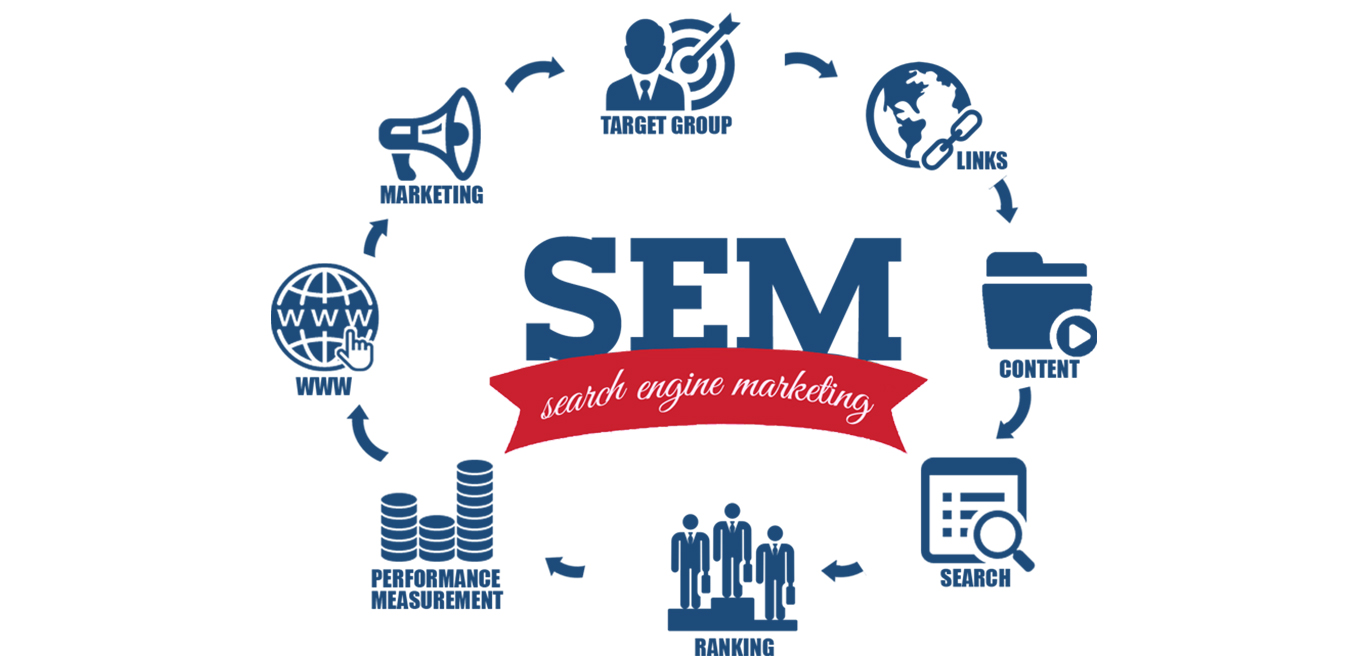Organizational resilience is the organization’s possession of a forward-looking view, the ability to anticipate incremental changes and sudden outages, and the willingness to confront, respond to, and adapt to them so that it can continue and thrive in all circumstances.
The organization can achieve organizational flexibility by developing its culture and adopting administrative methods and strategies that allow it to adapt to any circumstance, deal with the effects of sudden changes and challenges, and adapt to the new environment and thrive in it.
Organizational resilience is a comprehensive view surrounding everything related to the health and success of the organization as a whole, and it is not limited to risk management only. It is not a one-time action, nor is it just an instruction written in the company’s policy; it is a behavior and mentality that are always inherent to the company in all its moves, with the aim of making improvements necessary to continuously develop and develop its operations and build and enhance its competitiveness in response to the continuous changes in our world today.
The benefits of organizational flexibility
The benefits that the company reaps from organizational flexibility in its broadest sense are as follows:
- Strategic ability to adapt: The company is able to adapt to changing circumstances, even if it requires moving away from its core business.
- Resilient leadership helps you take calculated risks with confidence, respond quickly and appropriately to both opportunities and threats, and make the most of every opportunity.
- Strong governance, represented by a strict accountability system at all levels of the organizational structure, is based on a culture of trust, transparency, and innovation, with the aim of ensuring that the organization’s vision and values are fulfilled.
Elements of organizational resilience
Organizational resilience includes three basic elements:
- Product Excellence: The product means any good, service, or solution offered by the organization to the market. Product differentiation consists in knowing the markets served by the organization and whether its capabilities and products match the requirements of this market and are in line with legal requirements, and then finding the best way to achieve and maintain this compatibility.
- Process Reliability: The most important component of success is establishing excellence and excellence in the processes of developing products and services and introducing them to the market.The organization must follow a systematic approach to ensure the quality of its products by ensuring that the basic rules for the implementation of operations are followed continuously to ensure the strength and reliability of these operations while leaving room for innovation and creativity.
- Behavior of employees and leaders: Employees and the organization’s culture and values are key elements to the success of any organization. A company’s culture and values are often reflected in the way employees interact with each other and with customers, as well as in the way they perform their work. It is also reflected in the way they deal with social and ethical issues in the surrounding environment, civil society, supply chains, and others.
Functional domains of organizational resilience
The core functional areas of organizational resilience include:
- Operational flexibility: that is, the company’s ability to identify the necessary improvements to operations in order to be able to meet the needs of its customers over time and to prove that it continues to challenge itself, improve its performance, and achieve sustainable growth.
- Supply Chain Resilience: Supply chains continue to expand across continents and become increasingly complex. It is essential that the company has the ability to estimate and reduce supply chain risks in each of the purchasing, manufacturing, transportation, and selling operations. The company must identify the most important risks in order to be able to reduce the fluctuations that supply chains may face and protect its operations, financial position, and reputation.
- Information resilience: companies undertake to protect sensitive information, and a resilient company must efficiently manage ownership of its physical, digital, and intellectual information. This includes adopting information security systems and adopting practices that allow shareholders to collect, access, and use information safely and effectively.

Building organizational resilience
Organizational resilience can be built through the following:
- Ensuring senior leadership support. Organizational resilience begins with leaders who have an adequate understanding, acceptance, and support of the concept of resilience.
- It is difficult to work in a restricted, stressful, and unsafe environment, which undermines employees’ confidence, productivity, and ability to innovate. Developing a safe work community is important.
- Support and encourage employees to develop their personal resilience.
- Strengthening employees and granting them strength and power through the rules and policies of the institution in order to enable them to build and enhance organizational resilience.
Read also: The main themes that the balanced scorecard focuses on



